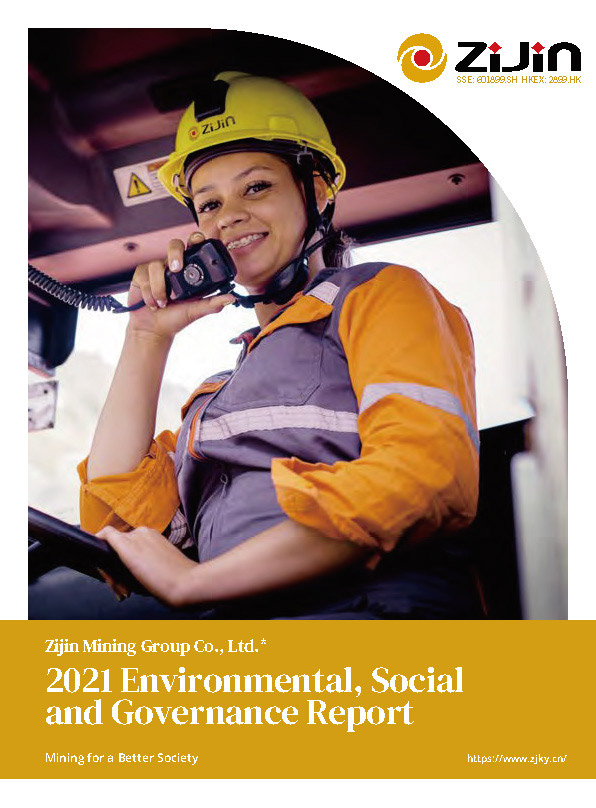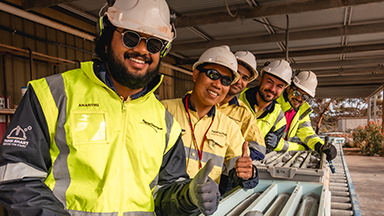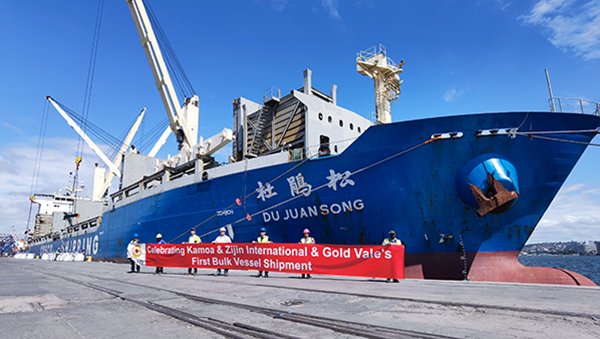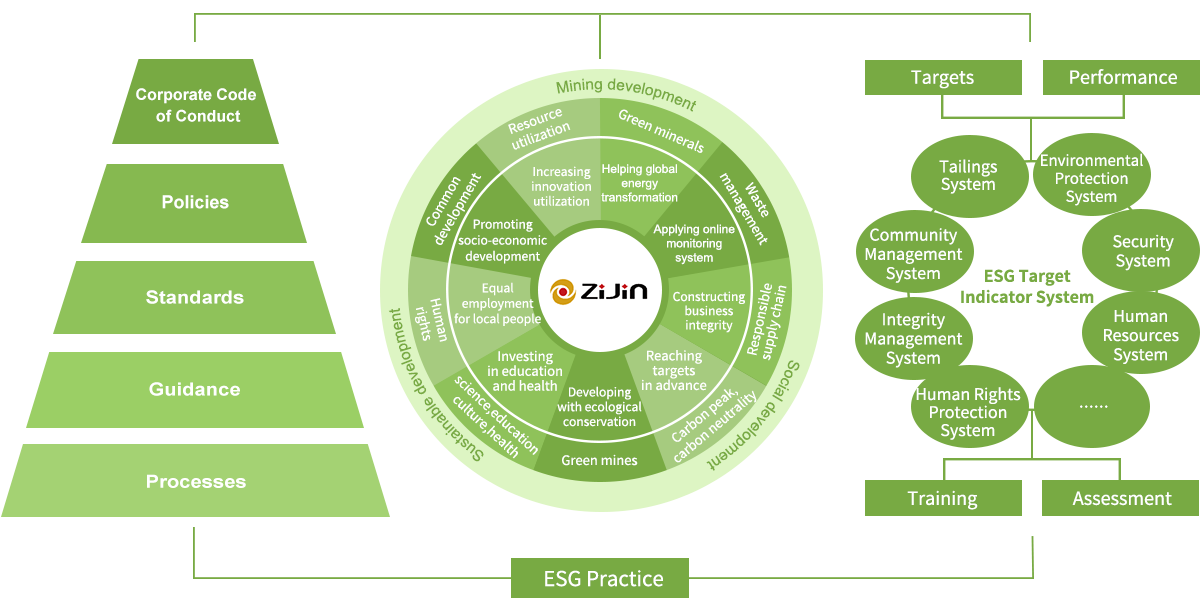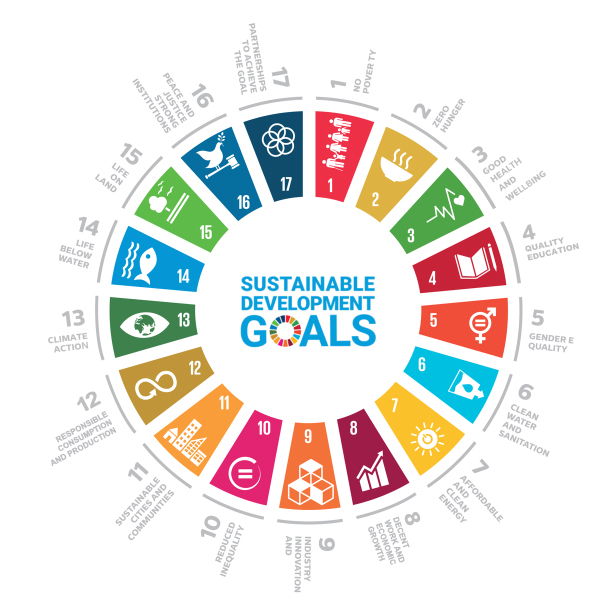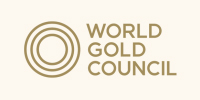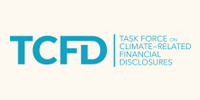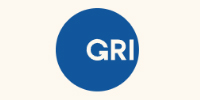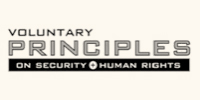We identify our main stakeholders, including employees, shareholders and investors, business partners (including customers, suppliers, and contractors), governments and regulatory authorities, surrounding communities and environment, NGOs, and media based on the GRI Standards, AA1000SE, and other relevant international standards and guidelines for stakeholder communication.
We adhere to the principles of integrity, interaction, equality, and transparency, and respect the needs of stakeholders; we have established and improved the communication and participation mechanism of stakeholders and adopted multiple measures to strengthen periodic /aperiodic communication with stakeholders; we invite stakeholders to participate in decision-makings and activities related to corporate sustainability in order to understand the needs of stakeholders and the strengths and weaknesses of the Company’s ESG work. We regularly record, measure, and review our communication with stakeholders, and improve the communication mechanism in a timely manner based on the feedback from stakeholders, so as to continuously improve the effectiveness and timeliness of our communication with various stakeholders.
| Employees |
Shareholders and Investors |
Business Partners |
|
Meeting of representatives of trade union
Conference and training
Bulletin board, Company Intranet |
Annual general meeting
Results briefing
Information disclosure
Investors’ communication platform |
Contractor training
Suppliers conference |
|
|
|
| Government and Regulatory Authorities |
Surrounding Communities and Environment |
NGOs, Media, and Research and Educational Institutions |
Meeting with stock exchanges
Meeting with governments
Information disclosure platform
Visit by government officials |
Community exchange
Mine open day
Environmental protection cooperation
Mining project kick-off meeting |
Regular ESG report disclosure
Company’s official website |
|
|
|



